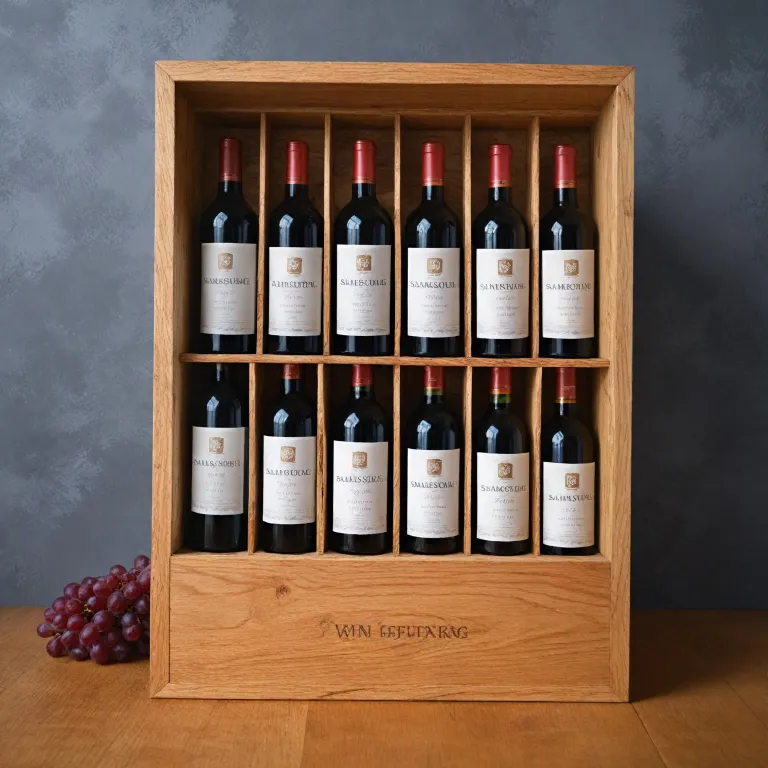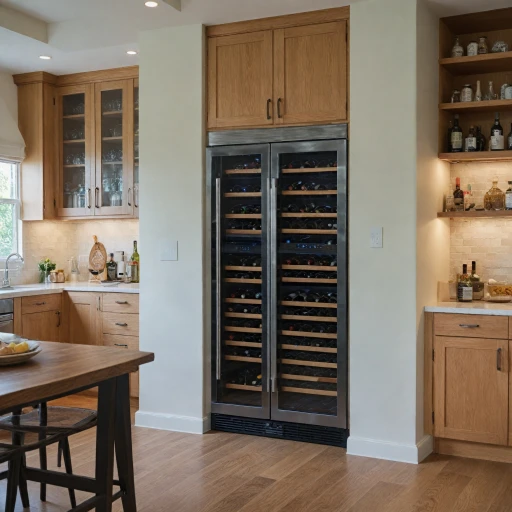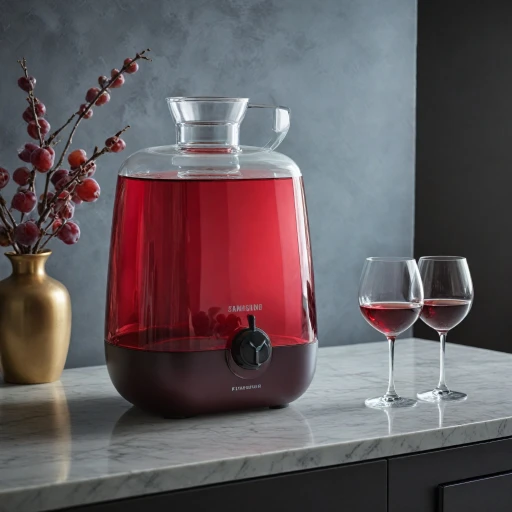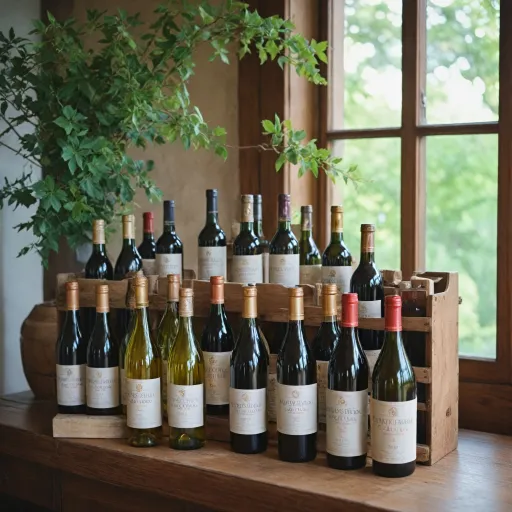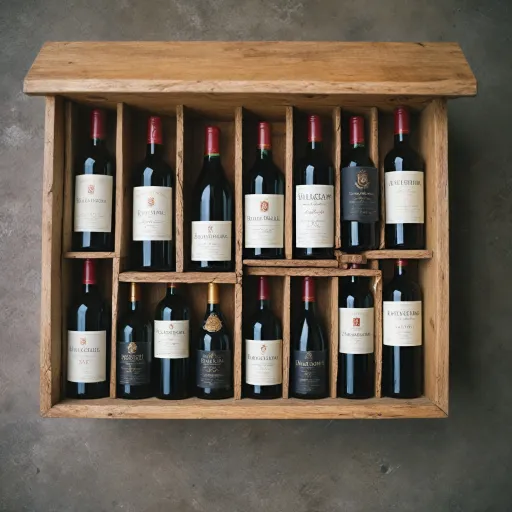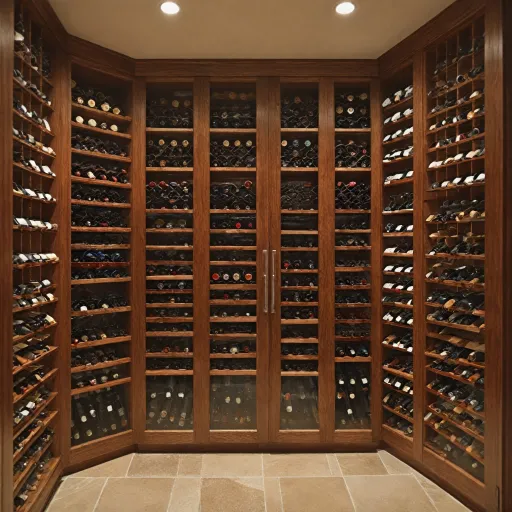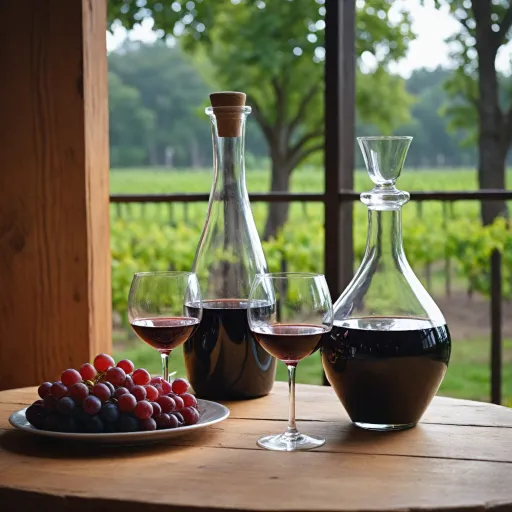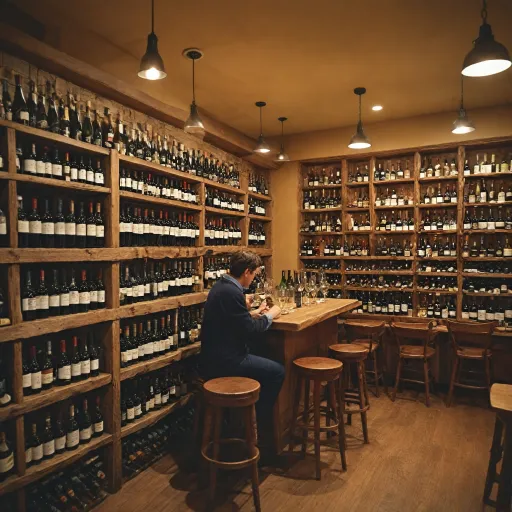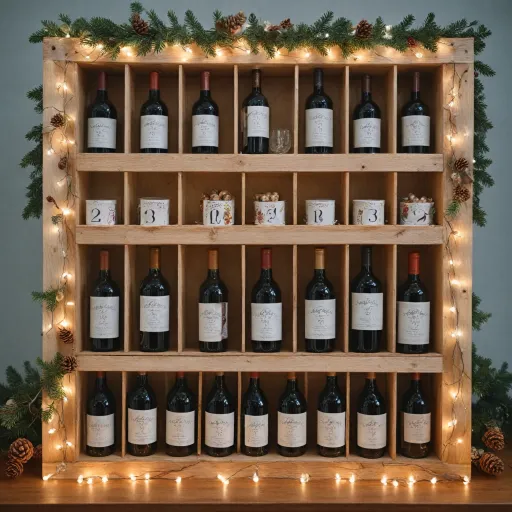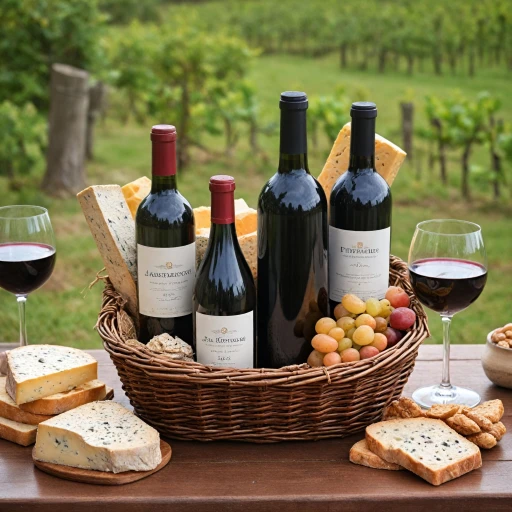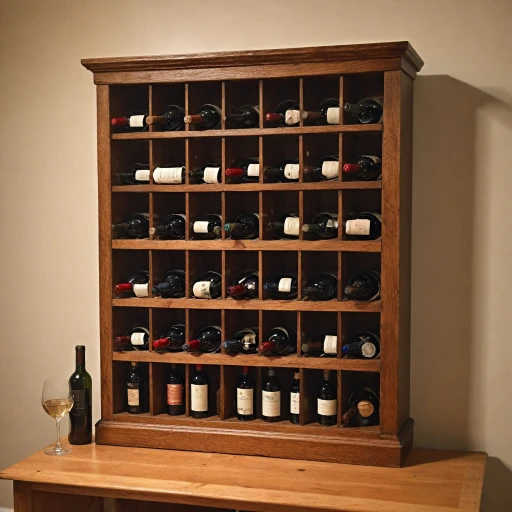
The Basics of Boxed Wine
Demystifying Boxed Wine
In the ever-evolving world of wines, boxed wine remains a misunderstood category, but one worth exploring for its unique attributes. With standard wine box sizes designed to hold the equivalent of several glass bottles, these containers offer both spacious packaging and ease of handling. A typical wine box often accommodates between three and four standard bottles worth of wine, making it an ideal choice for those who enjoy wine in larger quantities without the hassle of purchasing multiple single bottles.
Unlike their glass wine bottle counterparts, boxed wines are encased in a durable cardboard container, which provides advantages in terms of shipping and space economy. The width and size of a wine box can impact how many glasses of wine one can pour, typically around 20 glasses from a three-liter box, depending on serving size.
Furthermore, boxed wine offers an eco-friendly alternative to traditional glass bottles. With reduced packaging waste and a smaller carbon footprint due to lighter weight in shipping, boxed wines contribute positively to the environment. For those looking to maximize wine storage solutions, understanding the precise container size can free up valuable space, providing a practical advantage in home settings.
Standard Wine Box Sizes
Exploring the Dimensions of Boxed Wine
When it comes to boxed wine, understanding the standard sizes is crucial for both consumers and retailers. Unlike traditional wine bottles, which typically hold 750 milliliters, boxed wines offer a different approach to packaging and storage.
Most wine boxes come in a few standard sizes that are designed to provide convenience and value. The most common size is the 3-liter box, which is equivalent to four bottles of wine. This means that a single box can fill approximately 20 wine glasses, making it an attractive option for gatherings or regular consumption.
Another popular size is the 5-liter box, which holds the same amount as nearly seven bottles of wine. These larger boxes are often favored for events or by those who enjoy having a large supply on hand. The container size of boxed wine allows for easy storage and shipping, as the cardboard packaging is more eco-friendly and space-efficient compared to glass bottles.
While the width and height of wine boxes can vary slightly between brands, they are generally designed to fit comfortably in most wine storage solutions. This adaptability is one of the benefits of boxed wine, as it can be stored in a variety of locations without the risk of breakage associated with glass bottles.
In terms of price, boxed wines often offer a more economical choice compared to their bottled counterparts. The quality of boxed wines has also improved significantly over the years, making them a viable option for both casual drinkers and wine enthusiasts. For more insights on how to choose the right storage for your wine collection, you can explore this guide on selecting the ultimate wine fridge.
Comparing Boxed Wine to Bottled Wine
Comparison Between Box and Bottle: The Wine Packaging Debate
When considering whether to purchase boxed wine versus bottled wine, there are several factors to take into account. Boxed wine often gets an undeserved reputation, but it presents some unique advantages that make it a viable option for numerous consumers.
For starters, the packaging of boxed wine typically consists of a cardboard container housing a bag that holds the wine. This design allows for a larger volume of wine per package, contrasting sharply with single bottle units. A standard wine box can hold the equivalent of four bottles of wine, which translates to about 20 glasses wine. In contrast, glass bottles are more limited by design, with most containing just 750 ml or roughly five glasses of wine.
Economically, boxed wines generally offer a more attractive price per glass compared to their bottled counterparts. This is primarily due to the cost-effective nature of the packaging and the reduced shipping expenses, which benefit greatly from the compactness and lighter weight of wine boxes. This saving is often passed down to consumers.
Quality-wise, boxed wines have significantly improved over the years. Many wine producers have recognized the potential benefits boxed packaging offers for preserving the content wine due to less exposure to oxygen, ensuring a fresher taste over extended periods once opened.
From an environmental perspective, boxed wine is a more eco friendly option. The packaging requires fewer resources to produce and has a smaller carbon footprint in terms of shipping. Plus, the materials are more recyclable than traditional glass bottles.
Each of these elements brings additional layers to the decision of selecting the best wine packaging for one's needs. For more insights on ideal wine storage options, you might find this article on perfect presents for wine enthusiasts helpful.
Impact on Wine Storage Solutions
Impact on Wine Storage
When it comes to wine storage, the packaging cannot be overlooked. With the widespread use of wine boxes, understanding their impact on shipping and storage solutions is essential. Boxed wine offers a compact and versatile alternative to traditional glass bottles. Due to its cardboard or eco-friendly packaging, it accommodates larger volumes without taking up excessive space. The width of wine boxes is designed to be stackable, maximizing storage efficiency. Additionally, the weight of boxed wines is generally lighter than bottled counterparts, which can translate to reduced shipping costs and easier handling. From a storage perspective, the need for large hand-intensive shelving is minimized, making it feasible for homeowners with limited space to store wine conveniently. Wine boxes can easily be placed on top of each other, making use of vertical space. This can be ideal for individuals who are looking to store wines in bulk but may not have a dedicated wine cellar. Furthermore, boxed wines often provide a cost-effective solution without compromising on quality. Many wine enthusiasts opt for this type of wine storage model, particularly if they consume wine regularly. While boxes may not have the traditional allure of glass bottles, their practicality often outweighs this concern. In today's market, where environmental and economic factors steer many purchasing decisions, boxed wines present an appealing option for those looking to enjoy their favorite beverages without the constraints and expense often associated with bottles. The benefits of boxed wine aren't merely about cost savings; they’re about smart storage solutions, sustainability, and achievable quality in every unit of wine content.Environmental and Economic Considerations
Environmental Impacts of Choosing Boxed Wine
For wine enthusiasts who prioritize sustainable choices, boxed wine might just offer the eco-friendly solution you're looking for. Unlike traditional glass bottles, boxed wine uses significantly less packaging material. The outer cardboard box and inner lightweight bag reduce the overall waste generated per unit of wine. This leads to a smaller carbon footprint, as glass production and recycling are energy-intensive processes. The shipping aspect further emphasizes the environmental benefits. With box wine packaging, more wine can be transported in fewer trips due to the efficient use of space and the lighter weight. This means reduced fuel consumption and lowered emissions in comparison to the transportation of bottled wine. For those who are conscious of the environmental impact of their purchases, opting for boxed wines aligns well with sustainable practices.Economic Considerations of Box Wine
From an economic view, boxed wine often provides a cost-effective alternative to bottled wine. Due to reduced packaging costs and efficient shipping, manufacturers can offer wine in boxes at a more competitive price point. Customers benefit by getting more wine for their money without compromising on quality. Additionally, boxed wine presents value by offering larger container sizes, which is ideal for those who entertain frequently or enjoy a glass of wine with meals regularly. This bulk approach can lead to savings that are quite appealing for wine lovers who might otherwise purchase multiple single bottles. Ultimately, whether you are considering the ecology or the economy, boxed wine seems to offer compelling advantages over traditional glass bottles. It wouldn't hurt to give it a try and judge for yourself, factoring in both the environmental footprint and your budget.Tips for Choosing the Right Boxed Wine
Making Your Wine Selection Count
Choosing the right boxed wine can seem daunting with various options in the market today. But fear not, selecting the perfect box to match your taste and needs is a harmonious blend of understanding the essentials and carefully considering several factors. Here's what to keep in mind:- Quality and Taste: Pay attention to the reputation and reviews of the brand. Many boxed wines maintain excellent quality comparable to bottle wines, offering a delightful experience at a fraction of the cost.
- Variety and Options: Whether you prefer red, white, or rosé, each box can contain multiple glasses wine-wise, making it essential to choose a wine that you can enjoy over its lifespan. Since boxed wine stays fresh for weeks after opening, selecting wines you enjoy ensures you'll savor every glass wine you pour.
- Price Consideration: While boxed wine is generally more budget-friendly than bottle wine, prices vary between brands and types. Assess your budget and aim for the best quality at the price you're willing to pay. Often, you can find high-quality wines in boxes at a lower unit price than in glass bottles.
- Environmental and Storage Benefits: One significant advantage of boxed wine discussed in previous sections is its eco-friendly packaging. Cardboard boxes are easier on the environment compared to glass bottles and lighter, cutting down on shipping costs and emissions. Furthermore, the standard container size of boxed wine can be more efficient in terms of storage, fitting snugly where bottles might not.
- Wine Quantity: Understand the equivalent amount of wine you're purchasing. A standard box typically contains the same volume as several bottles wine-wise, providing a substantial number of glasses if you often entertain guests or enjoy a daily glass.
